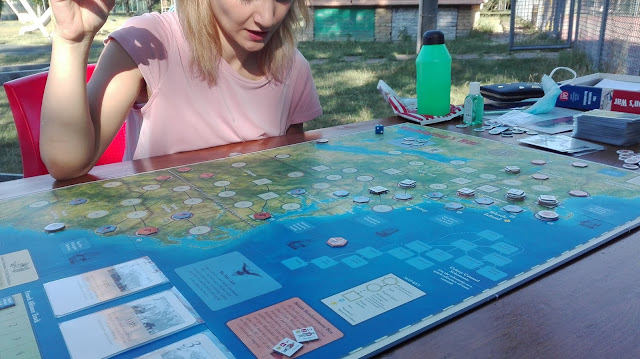Hellenes. The Archidamian War. Part 1 (of 2)

Athenian: Alex Isabelle Spartan: Laura Beltrami The year is 431 BC, and the Spartans break the tie: without thinking twice they gather their troops from Corinth and besiege Plataea. It is the beginning of the Peloponnesian Wars. Their troops, which popular tales want to be very numerous, do not scare the Athenians, who put together a variegated and very angry dream team and proceed to engage the besieging army. The resulting clash is the first battle of the Peloponnesian Wars: a no-holds-barred brawl that ends with a head-to-head of the hoplitic phalanxes of the two cities. The Spartans, unprepared for such aggression, flee, abandoning the battlefield and reorganizing further south, in the territories adjacent to Corinth. In truth, the war had already begun far to the north, in Potidea, a rebel tributary city to Athenian power, where Spartan troops had barricaded themselves hoping for reinforcements from the south. Reinforcements had in fact arrived, but not for their faction: a large ...


